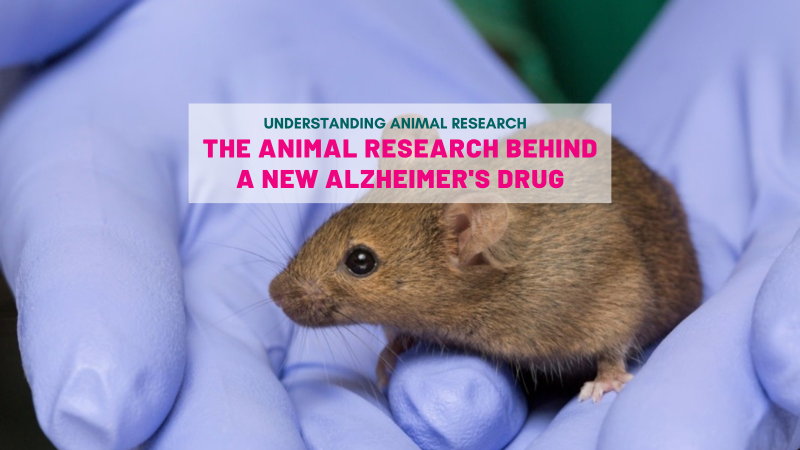
Text to go here...
Is your pet becoming disoriented, forgetting which doors leads to the garden, getting his old tricks wrong, sleeping at weird hours or soiling the house? Well he might be senile.
Over the last 40 years, the lives of pets have become more safe, more sedentary and more controlled. Their living standards have increased and with the advances in modern veterinarian medicine, domestic dogs and cats often live long enough now to develop cognitive impairments, just like humans. Cognitive dysfunction syndrome (CDS) is a degenerative brain disease in pets similar to Alzheimer’s diseases in humans.

Cognitive dysfunction syndrome – Alzheimer’s disease for pets
CDS has only been recently recognised as a disease in pets. It is surprisingly common but often goes unnoticed, with only an estimated 2% of the sick dogs diagnosed. The symptoms often go unseen or are classified under the “ageing” process. It is “usually a diagnosis by exclusion. If anything else is checking out normally, it’s probably CDS” says Jennifer Bolster, chief clinician at the humane Society of Boulder Valley Colorado.
Over 50% of dogs and cats are estimated to exhibit symptoms of the disease during their lifetime. CDS might cause your animals to become confused and aggressive for no apparent reason - and the condition worsens with age.
Degeneration of the brain
With old age, the brain becomes smaller mostly due to the loss of the connections – dendrites and axons – between nerve cells. In dogs this change is quite significant, older brains can be up to 25% lighter. These physical but also chemical changes can affect behaviour, memory and learning. Neurotransmitters in the brain alter in CDS, often leading to abnormal behaviour. The same depletion of the chemical dopamine can be seen in both dogs with CDS and humans with Alzheimer’s disease.
When dogs and humans age, mitochondria - the power source of a cell – become less efficient and start leaking out ‘free radicals’, chemicals that oxidize compounds essential for normal cell function. The loss of these compounds places the cells at risk, and synapses are lost.
Unlike other organs, the brain cannot repair itself from oxidative damage. As the tissues degenerate with age in both dogs and humans, toxic protein deposits called “amyloids” naturally accumulate in the brain, resulting in brain cell dysfunction. The starch like protein builds up, becomes waxy and forms plaques that gradually clog the brain and inhibit the transmission of signals in the brain.
Levels of amyloid plaques, especially associated with clusters of dead or dying cells, predict the severity of the mental or cognitive impairment and are evidence that an individual is suffering from Alzheimer’s disease or CDS.
“Really our brains are not that different from dogs”, says the veterinarian Lee Haris. “The cellular changes of canine cognitive dysfunction would be recognizable under the microscope to any human pathologist: plaques of beta amyloid – protein fragments believed to be the result of oxidative stress.”
Fighting the debilitating disease
“Although dementia is almost never fatal on its own, CDS and physical health problems are a debilitating combination,” explains Lee Haris.
There isn’t a cure for CDS but there are ways to manage the disease and help pets live better. Early diagnosis and intervention can slow the mental decline of this progressive disease. Treatment of CDS and Alzheimer’s alike is most effective before the symptoms start to show.
It is important to keep a pet “brain active” – enriching the environment, teaching it tricks, going outside so the brain doesn’t deteriorate as quickly. Maintaining good mental function as long as possible delays the onset and progression of cognitive decline. A nutritional balanced diet, with antioxidants, protects the brain from free radical damage and omega-3 essential fats are crucial for cognitive health.
A few drugs are also available to stall the progression of the disease. There is an FDA- approved medication to treat CDS: Selegine, an antidepressant sometimes used to alleviate symptoms of Alzheimer’s and Parkinson’s in humans. It prolongs the activity of your pet’s remaining dopamine and enhances the amount of chemicals within the brain that act as messengers between nerve cells. Other drugs can also be used to treat age-related behavioural disorders by enhancing blood circulation to the brain.
Physical and behavioural changes are similar in both Alzheimer’s and CDS. So similar, we can borrow from the extensive research that has been done in humans and lab animals to help understand what will delay the onset of senile dementia in pets. Conversely, dogs are also increasingly being used as models to study the disease in humans.
For more information please visit: http://www.animalresearch.info/en/medical-advances/veterinary-medicine/cognitive-dysfunction-syndrome-cds/
Last edited: 10 January 2022 11:02



